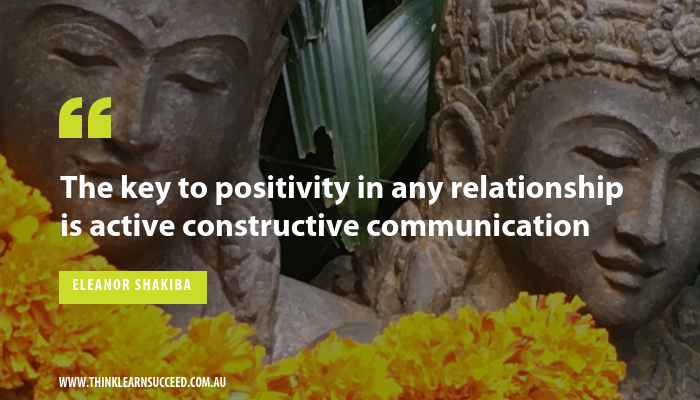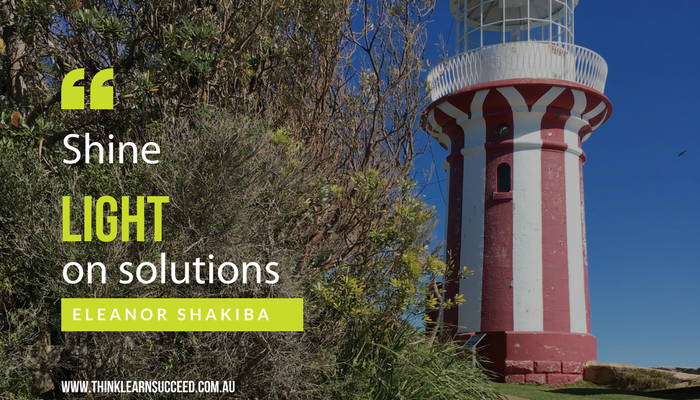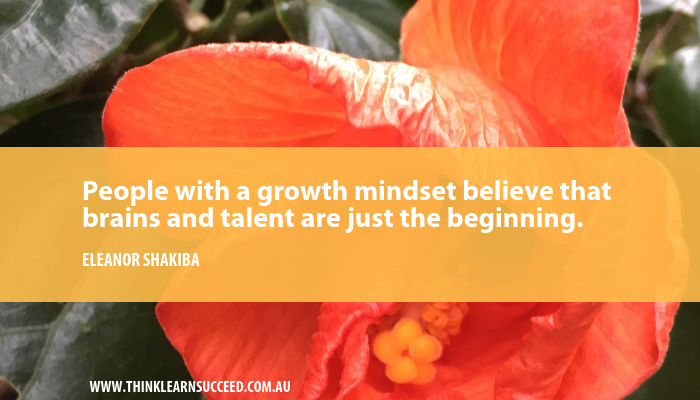 Have you ever wondered why some people just reach milestone after milestone in their careers – and others seem to be perpetually stuck? That’s how powerful the mind is. With the wrong mindset, you can’t learn, grow or develop new skills. But with the right mindset, the sky is the limit!
Have you ever wondered why some people just reach milestone after milestone in their careers – and others seem to be perpetually stuck? That’s how powerful the mind is. With the wrong mindset, you can’t learn, grow or develop new skills. But with the right mindset, the sky is the limit!
Carol Dweck, a Stanford University professor, says there are two main ways people think about their abilities: through a ‘fixed’ mindset and a ‘growth’ mindset.

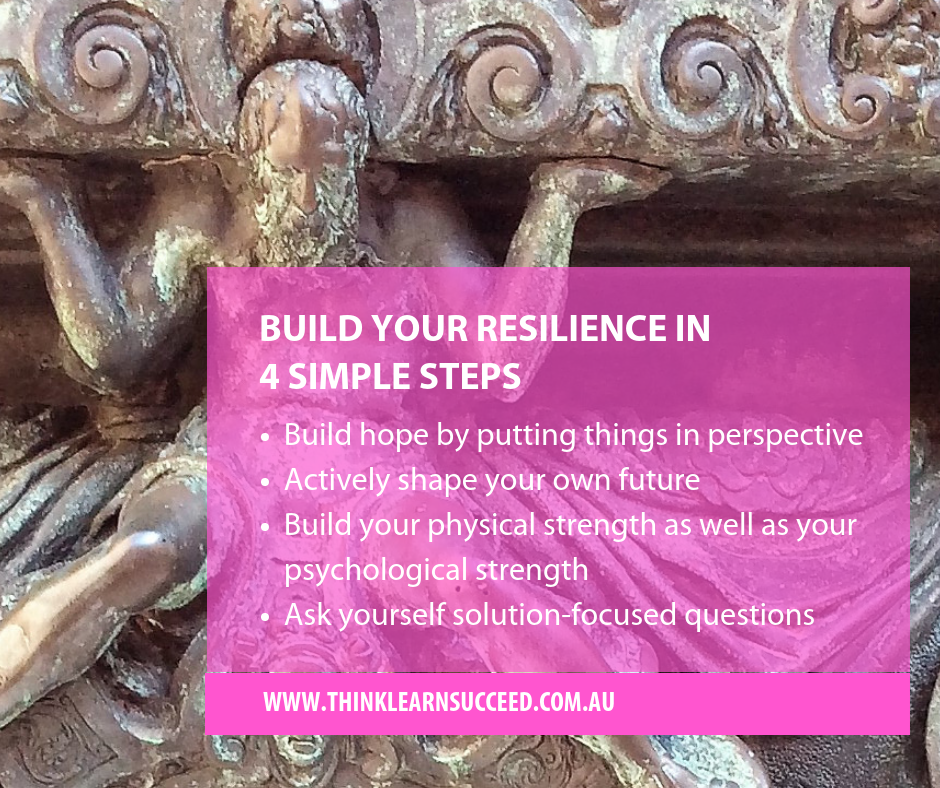
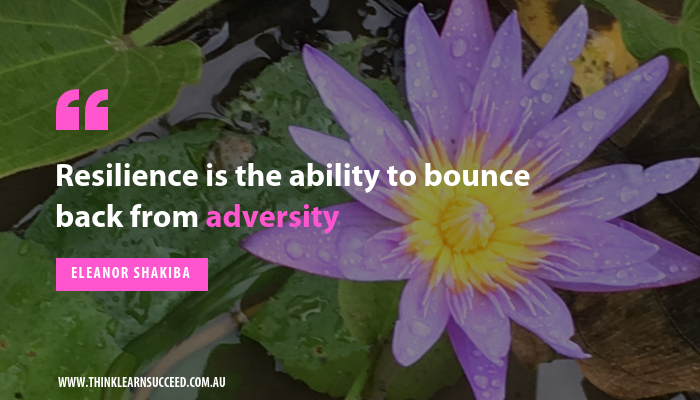 How would respond if you made a huge mistake at work? What if you suddenly lost your job? What would your next steps be? Are you resilient enough not to break from the stress?
How would respond if you made a huge mistake at work? What if you suddenly lost your job? What would your next steps be? Are you resilient enough not to break from the stress?


